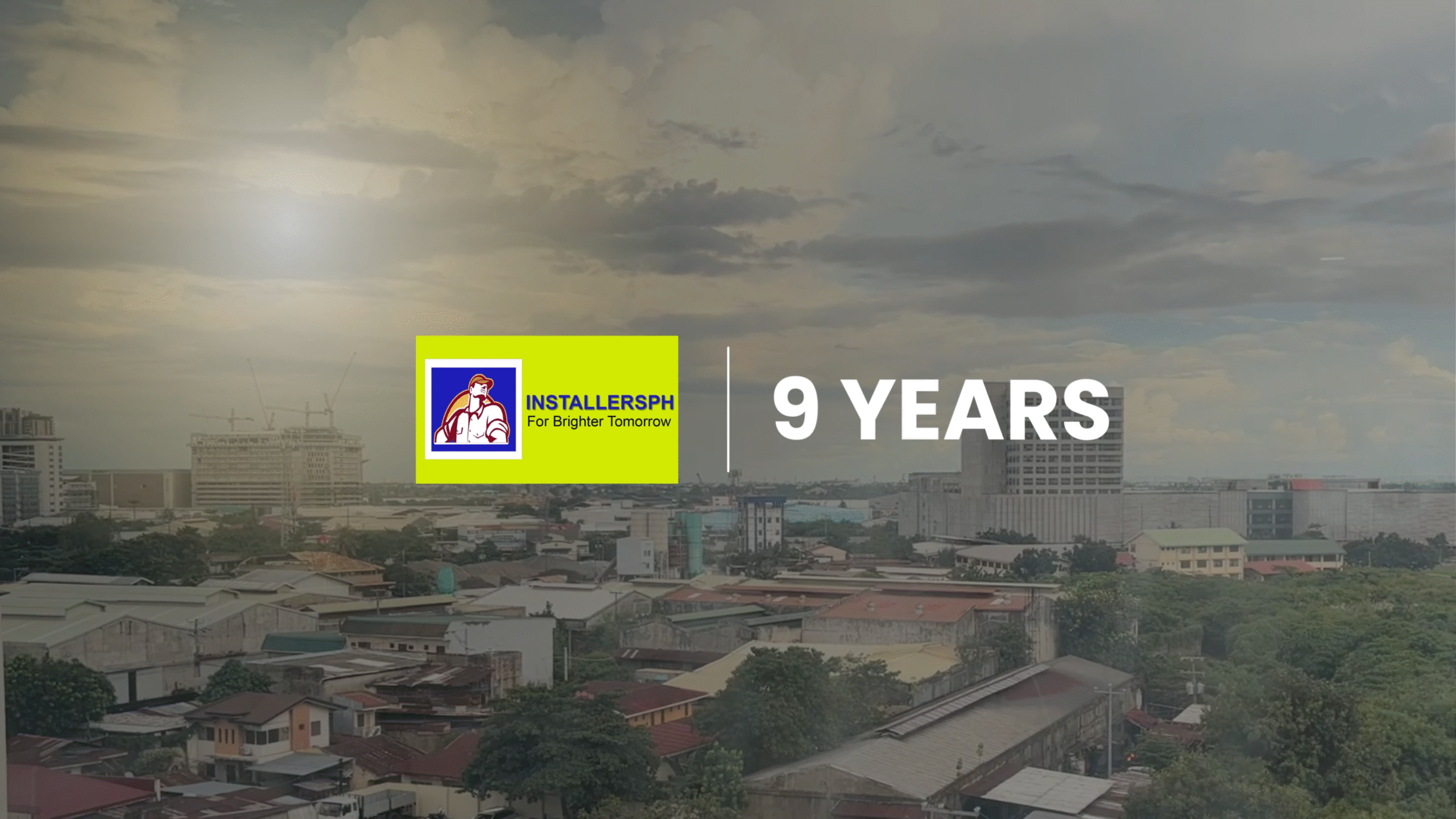InstallersPH IT Solutions 2026 AVP: A Brighter Tomorrow Built on Nine Years of Innovation and Dedication. Introduction. As InstallersPH IT Solutions proudly celebrates its ninth year of service in 2026, the company …
How to Conduct a Security Audit for Your CCTV Camera System.

Introduction
In today’s fast-paced world, where security threats abound and technological advancements continue to shape the landscape, ensuring the safety and integrity of your premises is of utmost importance. Closed-Circuit Television (CCTV) camera systems play a crucial role in bolstering security measures, offering real-time monitoring, deterrence against criminal activities, and invaluable evidence in the event of incidents. However, the effectiveness of CCTV systems hinges on their proper configuration, maintenance, and periodic security audits. In this comprehensive guide, we will delve into the intricacies of conducting a thorough security audit for your CCTV camera system, empowering you to fortify your defenses and safeguard your assets effectively.
Understanding the Importance of Security Audits for CCTV Systems
Before delving into the specifics of conducting a security audit, it’s imperative to grasp the significance of such assessments. CCTV systems serve as a critical component of comprehensive security strategies, providing surveillance coverage for various settings, including commercial establishments, residential properties, public spaces, and industrial facilities. These systems not only act as a deterrent against criminal activities but also aid in monitoring premises, identifying security breaches, and facilitating investigations. However, without regular security audits, CCTV systems may become susceptible to a myriad of risks, including unauthorized access, equipment failure, tampering, and cybersecurity threats. By conducting routine security audits, organizations can proactively identify vulnerabilities, address weaknesses, and optimize the performance of their CCTV infrastructure, thereby enhancing overall security posture.
Key Components of a CCTV Security Audit
1. Reviewing System Architecture and Configuration
The first step in conducting a CCTV security audit involves reviewing the system architecture and configuration. This encompasses assessing the placement and coverage of cameras, the integrity of wiring and connections, as well as the functionality of recording devices and monitoring stations. It is essential to ensure that cameras are strategically positioned to provide comprehensive coverage of the monitored area while minimizing blind spots. Additionally, verify that cameras are properly configured to capture high-quality footage under various lighting conditions and environmental factors.
2. Assessing Access Controls and User Permissions
The security of a CCTV system relies heavily on robust access controls and user permissions. During the audit, evaluate the effectiveness of access control mechanisms to prevent unauthorized individuals from tampering with the system or accessing sensitive data. Implement stringent password policies, multi-factor authentication, and role-based access control to limit access to authorized personnel only. Regularly review and update user permissions to align with organizational roles and responsibilities, ensuring that employees have the necessary access privileges without compromising security.
3. Testing Camera Functionality and Image Quality
Camera functionality and image quality are paramount for the effectiveness of a CCTV system. As part of the security audit, systematically test each camera within the network to verify its functionality and image quality. Look for signs of physical damage, lens obstruction, or deterioration in video resolution. Adjust camera settings as needed to optimize image clarity, contrast, and exposure. Additionally, ensure that cameras are properly synchronized with recording devices and that timestamps accurately reflect real-time events, facilitating the retrieval and analysis of footage when needed.
4. Verifying Data Storage and Retention Policies
Data storage and retention policies are critical aspects of CCTV security audits, ensuring compliance with regulatory requirements and operational needs. Evaluate the effectiveness of data storage mechanisms to securely store recorded footage and ensure its integrity over time. Implement encryption measures to protect sensitive data from unauthorized access or tampering. Establish clear retention policies to determine the duration for which footage should be retained based on legal obligations and organizational requirements. Regularly purge obsolete footage to optimize storage space while retaining essential footage for investigative and evidentiary purposes.
5. Testing Alarm and Notification Systems
Alarm and notification systems integrated with CCTV infrastructure play a crucial role in detecting and responding to security incidents in a timely manner. During the security audit, test the effectiveness of these systems to ensure they are properly configured and trigger appropriate alerts in response to suspicious activities. Verify the functionality of motion detection, tamper alarms, and other alert mechanisms, and assess the responsiveness of security personnel to alarm notifications. Conduct periodic drills and exercises to evaluate the effectiveness of emergency response protocols and identify areas for improvement.
6. Assessing Network Security Measures
With the increasing prevalence of cybersecurity threats, it is essential to assess the network security measures implemented to safeguard CCTV systems from potential breaches. Evaluate the robustness of firewall configurations, intrusion detection systems, and encryption protocols to protect against unauthorized access and data breaches. Segment CCTV networks from other IT infrastructure to minimize the risk of lateral movement by attackers. Implement regular security updates and patches to address vulnerabilities and ensure the integrity of networked devices and systems. Consider deploying additional security measures such as virtual private networks (VPNs) or secure remote access solutions to facilitate secure access to CCTV systems from external locations.
7. Conducting Physical Security Checks
Physical security checks are vital for preventing unauthorized access to CCTV equipment and infrastructure. Inspect the integrity of camera housings, mounting brackets, and cable conduits to detect signs of tampering or sabotage. Implement tamper-resistant hardware and lockable enclosures to deter unauthorized access to cameras and recording devices. Consider deploying additional physical security measures such as perimeter fencing, access control systems, and surveillance cameras to enhance the overall security posture of the premises.
8. Documenting Findings and Recommendations
The final step in conducting a CCTV security audit is to document the findings and recommendations in a comprehensive report. Provide detailed descriptions of identified vulnerabilities, weaknesses, and areas for improvement, along with recommended remediation measures. Collaborate with relevant stakeholders, including security personnel, IT teams, and management, to prioritize and implement the recommended changes. Establish a timeline for addressing identified issues and schedule follow-up audits to track progress and ensure ongoing compliance with security standards and best practices.
Conclusion
Conducting a thorough security audit for your CCTV camera system is essential for maintaining the integrity and effectiveness of your security infrastructure. By systematically assessing system architecture, access controls, camera functionality, data storage practices, network security measures, and physical safeguards, organizations can identify vulnerabilities, mitigate risks, and enhance overall security posture. Remember that security is an ongoing process, and regular audits are necessary to adapt to evolving threats and regulatory requirements. By prioritizing security and implementing best practices outlined in this guide, organizations can fortify their defenses, safeguard assets, and mitigate the impact of security incidents effectively.
Related Articles
How to Properly Conduct CCTV Preventive Maintenance Service (PMS). Introduction. CCTV systems play a crucial role in maintaining safety and security within properties, businesses, and institutions. However, even the most advanced surveillance …
Celebrating the Birthday of our Sales Executive, Ms. Diornelyn Subico. Introduction. Today, we take a special moment to celebrate the birthday of our dedicated and well-loved Sales Executive, Ms. Diornelyn Subico. As …


